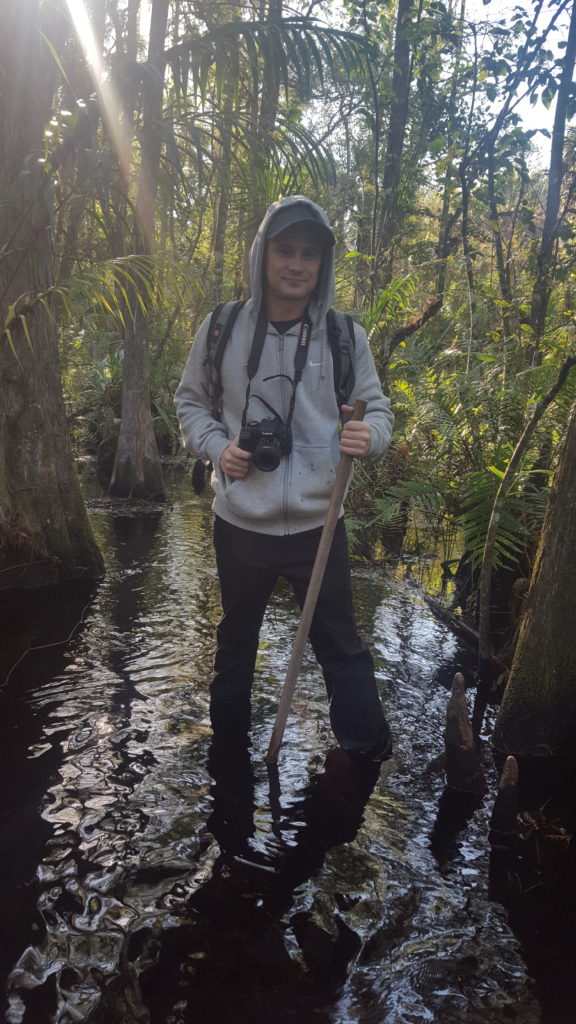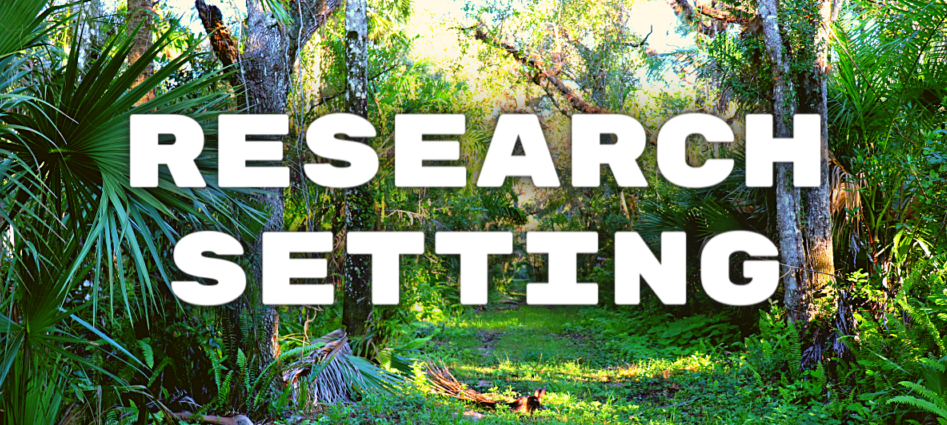A good writer knows that proper use of setting in their novel is just as important as their characters. The setting is about atmosphere, mood, and can symbolize specific themes. In this post, I will tell you how to research settings by using online and physical research so you can get the best possible setting elements.
Research Setting: Online
Of course, whenever a writer begins to bloom with a story idea, the eventual next step will be to choose and then research setting. This is commonly done by examining what the writer already knows because it is easy. If they live in a rural area all their lives, they will likely draw from memory, of, for example, lakes and ponds and woodlands and mosquitos, and such. They might even throw in a few personal instances they had with that particular landscape to make it seem more believable. This is fine. However, sometimes it might not be enough to satisfy the story the writer is trying to tell.
Thankfully, a writer has the internet at their disposal. Beginning with the easiest online research first: Google Images. This will bring up hundreds, if not thousands, of different search results of visuals for the setting. If you chose to have an abandoned warehouse as the setting for the finale, you will find loads of dilapidated staircases and dirty floorboards, and rotted walls. You can get great visual ideas to use for your setting just by using Google Images.
From there, if you want more detailed information, I suggest you check out specific websites. There are loads of websites about every setting possible that will tell you about the current state of that setting, as well as its history, which is just as important. You can use history as fuel for your story. Maybe it could even give you a few good ideas for the story.
Also, check out YouTube. There are numerous vlogs of backpackers and thrill-seekers and abandoned mall junkies. The narrators often give you an insight into the five senses as they are on their journey. Use their information for your story. Keep a notepad or an open Word doc. to jot down what they are experiencing.
Research Setting: The Adventure
This is how you get the BEST setting research possible. Sure, it’s nice to never leave your house and just do online research. You can get decent setting information that way, but it will NEVER be as promising and detailed as the experiences you get from actually going to a setting.
Being there physically allows a writer to grab more than just visuals, he or she could already get online. When there, you can experience the five senses all at once. You get to see how the palm trees sway with each gust of wind while vacationing in the tropics. Hear the wildlife croak and caw while hiking. Taste the sweet honey from a jar at a beehive colony. Smell the cheeseburgers on the grill at a family barbecue. Touch the soft pedals of a rose while at a florist shop.
For the current novel I am writing now, I took a solo trip to The Everglades to study the setting. I booked a hotel for a few nights and did several local tours to experience the landscape and culture of the area. I used my DSLR camera everywhere, taking
h undreds of photos and videos. Equally as important was the audio recording I did with my smartphone. As I walked along the Everglades tour and drove along the streets of the nearby town, I voiced my opinion of what I saw. I noted everything, from potholes in the narrow streets and pecking vultures to still, brown lakes and rusty, dilapidated barns in backyards. I have hours of notes that I have used for my novel-in-progress.
undreds of photos and videos. Equally as important was the audio recording I did with my smartphone. As I walked along the Everglades tour and drove along the streets of the nearby town, I voiced my opinion of what I saw. I noted everything, from potholes in the narrow streets and pecking vultures to still, brown lakes and rusty, dilapidated barns in backyards. I have hours of notes that I have used for my novel-in-progress.
Actually physically experiencing a setting is your best way to include its specific details in your novel. It will help you capture the very essence of the setting by being there. And your readers will respect your dedication to the craft and enjoy your work much more because you took the time to go to a setting. The setting will come alive in your work because you had experienced it firsthand.
Related Questions
How would I prepare to research settings for my novel?
Well, I would say make damn sure that the chosen setting of your story won’t ever change. Because if it does and you already booked a trip, it might be difficult to get a refund. Already research the important parts of the setting that will be significant to your story and go from there. If there is a building or a hill or gravesite that might be intricate to your story, make sure you have it planned. You probably won’t get a second chance to go on the trip again. Trips can get expensive. So, make sure you have an itinerary you will stick to diligently.
Bring along the proper tools:
- Backpack = This is essential for any cameras or lenses or small tripods or audio accessories you will need.
- Food = Inside your backpack, you should keep a few bottles of water and a few energy bars for the long walks. It can get tiresome sightseeing for several hours, so make sure you have food with you to keep you going. Don’t forget the water!
- Batteries = The night before you go on your adventure, make sure all phone and camera batteries are charged to their maximum. In fact, to ensure battery life, I would always click the off button on my DSLR camera to save battery life. Leaving it on will just drain the battery.
- Portable battery charger = They are relatively cheap and a great accessory to have with you in case a battery dies. Just make sure you have a USB cable with you.
- Audio = Having sound equipment on a setting adventure might not be ideal, as I find it would be in the way. Any microphone attached to a DSLR camera is small enough but isn’t really relevant unless you are taking videos with the DSLR. Outside audio of a camera microphone is never that good. Even the best ones still will produce static or muffled audio because of the vastness of the outside. However, if you are exploring the innards of a house or a building, then an added microphone atop your DSLR camera should do nicely.
- Tripod = Except for mini-tripods, I say forget them. Large tripods are very cumbersome to walk around with for hours at a time. And they are really only good for single photos or slow-tracking videos. However, if you feel that is what your setting adventure calls for, then bring one. I used a mini tripod for handheld video, and it was fine and easily packable in my backpack when I didn’t need it.
- Clothes = Depending on where you are going you may need cheap clothes to ruin and discard later. When I booked my Everglades trip, I knew I would be walking in a knee-deep marsh, so I went out and bought cheap sneakers and pants from Walmart. If you plan on visiting the mountains during a cold season, make sure you bring layers of clothes for warmth. And bring bug spray if you’re going in the woods.
- Weapons = Depending on where your setting is, it might be a good idea. During my Everglades trip, I was told that panthers and cottonmouth snakes and bears and, of course, alligators were always a possible threat that day. All I had was a walking stick the guide gave me. I wonder if he had any bear spray. I never asked. Learn from my obliviousness and be careful.
- Gimbal = These are great for video. They connect with the Bluetooth of the smartphone and operate with the touch a button on the gimbal. The only problem is the overall connectivity sometimes fades out and I was forced to restart the app again. It happened so often that I used my DSLR camera.
If you have a completed novel you want professionally edited before you send it out to a literary agent or e-publish it on Amazon, click here to review my prices and plans.
Check out my YouTube channel to see more creative writing tips, by clicking here.
To improve the suspense in your novel, download my eBook here.
